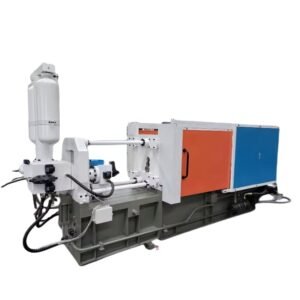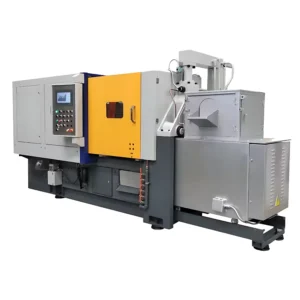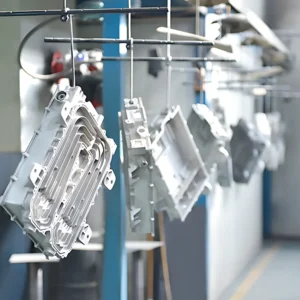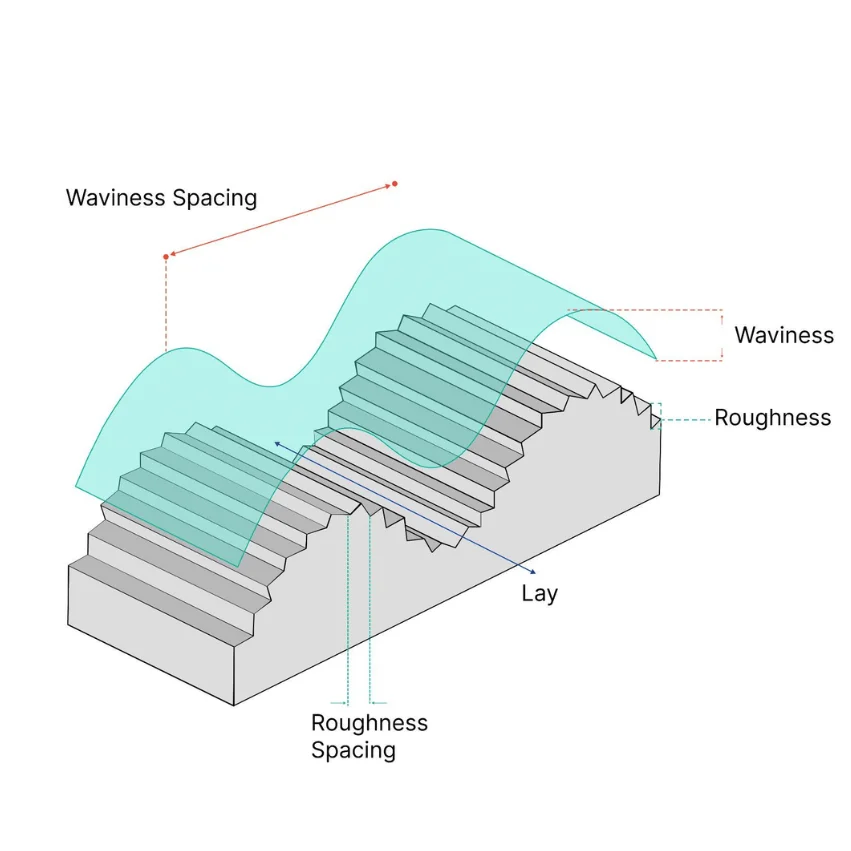Surface finish is the term used to describe the texture of a surface, and the overall characteristics of a surface, including its texture, appearance, and properties. In this article, we will introduce surface finish and its related issues.
What is Surface Finish?
Surface finish is defined by its three main characteristics: roughness, waviness, and laminarity. Roughness is a measure of the finely spaced irregularities on the surface, waviness is the larger spaced irregularities, and laminarity refers to the orientation of the major surface patterns.
The range of surface finishes produced during machining can vary by application but is typically between 32 and 125 micro inches (µin) or Ra 0.8 to 3.2 µm. This range balances part performance and manufacturing costs for many different applications.
Surface finish methods include sandblasting, shot blasting, powder coating, spray painting, anodizing, galvanizing, nickel plating, polishing, and so on.
Is Surface Finish Important?
Yes, surface finish is important and has a direct impact on the performance and life of a component. A good surface finish can enhance wear and corrosion resistance, improve the efficiency of mechanical parts by reducing friction, and ensure better adhesion of coatings and paints. In the aerospace industry, for example, smooth surfaces on turbine blades reduce drag and improve fuel efficiency.
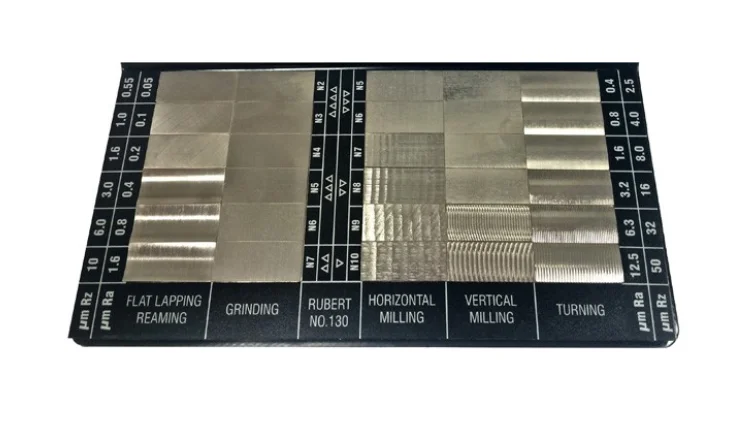
Surface Finish Standards
Measuring and specifying surface finish has often involved speculation. Different equipment manufacturers use various surface finish standards, causing confusion and misunderstanding in the industry.
In the pharmaceutical and biotechnology industries, there are increasingly stringent specifications for surface finishes on process equipment. Many suppliers of valves and pipework now quantify the surface roughness of their products.
Specifying grit reference alone does not ensure a consistent surface finish. Factors such as grit size, tool load, tool condition, feed rate, traverse rate, metal condition, and lubricant use all affect the final finish.
For precise and consistent results, specify surface finish in terms of roughness average (Ra), expressed in micrometers (microns) or microinches. Micron or microinch values for Ra are interchangeable with the centerline average (CLA) or arithmetic average. Measured values in root mean square (RMS) will read about eleven percent higher than Ra values (Microinches x 1.11 = RMS).
At BBS-Systems, we use a surface measurement instrument to measure surface roughness. We describe surface finish using the roughness average (Ra) parameter, which is the average value of deviations from the centerline over a specified sampling length.
The pharmaceutical and biotechnology industries demand surfaces that meet BPE standards due to increasing purity requirements. The ASME/BPE standard provides a universally applicable surface finish standard for these industries.
Key Characteristics of Surface Finish
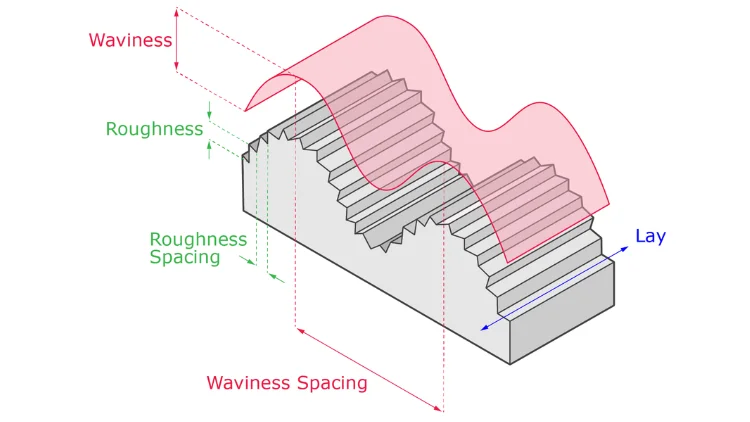
1. Roughness
Many people use the term “surface finish” to describe only the roughness. Measuring surface roughness involves quantifying these irregularities using parameters such as Ra and Rz.
Ra (Average Roughness): Measures the average height of surface irregularities over a given length. This is a common way to quantify the smoothness or roughness of a surface.
Rz (Average Roughness Depth): Measures the average height difference between the highest peak and the lowest valley over five sample lengths.
2. Waviness
Waviness refers to widely spaced deviations on a surface. These irregularities are often caused by factors such as machine or workpiece deflection, vibration, or warping. Waviness affects the overall appearance and function of a surface, especially in applications where smooth contact is required.
3. Lamination
Lamination is a term that describes the pattern of a surface and its orientation, which is usually determined by the manufacturing process. It can be parallel, perpendicular, circular, and so on. For example, the orientation of tool marks left by machining or grinding. Understanding lamination is important because it affects factors such as lubrication retention and surface stress distribution in moving parts.
Factors Affecting Surface Finish
Surface finish is affected by a variety of factors that determine the quality and characteristics of the final product. The main factors that affect surface finish are:
Material Properties
Harder materials generally require more energy to machine, resulting in potential roughness and increased tool wear. For example, hardened steel tends to be more difficult to machine smoothly than softer metals such as aluminum.
More ductile materials are more likely to deform during machining, which can produce smoother surfaces but can also lead to problems such as smearing or tearing.
Manufacturing Process
Processes such as turning, milling, and drilling can produce varying degrees of surface smoothness. The accuracy of both the machine and tool geometry can affect the final finish.
3D printing can produce complex geometries, but the layer-by-layer nature of the process can result in a rougher surface that often requires post-processing.
Cutting Parameters
Higher cutting speeds can produce smoother surfaces until a certain point, beyond which tool wear increases, reducing surface finish.
Lower feed rates generally produce better surface finishes because the tool can make finer cuts.
Shallower cuts tend to reduce forces on the tool and workpiece, minimizing deformation and vibration, and resulting in a better finish
Environmental Conditions
Extreme temperatures can cause the material and tool to expand or contract, affecting accuracy. High humidity can cause corrosion and oxidation of the workpiece and tool, affecting the finish.
Different Techniques for Achieving a Surface Finish
Different techniques can be used to achieve specific surface textures and qualities, each suitable for specific materials and requirements. Below is a detailed description of the main techniques for achieving a surface finish:
Machining
Turning produces a smooth surface by rotating the workpiece using a lathe and removing material with a cutting tool.
Milling removes material by moving a rotating cutting tool across the workpiece, and is suitable for creating flat or contoured surfaces.
Drilling creates a cylindrical hole in a workpiece, which is often followed by reaming to obtain a finer surface finish.
Grinding and Polishing
Grinding is the use of a grinding wheel to remove material to achieve a fine surface finish and precise dimensions. Often used to produce smooth surfaces on automotive and aerospace components.
Polishing involves the use of finer abrasives to achieve a highly smooth and shiny surface. Applied to products that require an aesthetically pleasing or low-friction surface.
Coating and Plating
Electroplating is the deposition of a thin layer of metal on a surface through an electrochemical process. It provides corrosion resistance and an aesthetically pleasing surface.
Anodizing is an electrochemical process that thickens the natural oxide layer on the surface of a metal, increasing durability and corrosion resistance, and is commonly used for aluminum.
Powder coating is a dry powder sprayed and cured under heat to form a protective layer, providing a durable and uniform surface.
Shot Peening and Sandblasting
Shot peening uses small spherical media to bombard a surface to produce compressive stress and improve fatigue resistance, and is commonly used in the aerospace and automotive industries.
Sandblasting uses abrasive particles to clean or texture a surface in preparation for coating or further processing.
Chemical and Electrochemical Machining
Chemical milling involves applying a mask to the workpiece and etching the exposed areas with chemicals, producing a detailed, smooth surface.
Electrochemical machining (ECM) uses electrical current and an electrolyte solution to remove material in a non-contact manner, achieving an excellent surface finish on hard metals.
How to Choose the Right Surface Treatment Technology
- Material Type: Different materials require specific treatment methods. For example, metals may benefit from sandblasting, while plastics may require gentler techniques such as chemical etching or hand sanding.
- Surface Condition: Evaluate the current condition of the surface. For heavily rusted or painted surfaces, aggressive sandblasting or chemical stripping may be required.
- Required Surface Treatment: Determine the desired surface quality. High-precision surface treatments may require grinding and polishing, while functional coatings may only require the rough surface produced by sandblasting.
- Application Environment: Consider environmental factors such as humidity and temperature, which can affect the preparation process and the adhesion of the coating. For example, high humidity may require a coating to be applied quickly after preparation to prevent rust.
- Cost and Efficiency: Grinding and polishing are expensive but provide high precision; electroplating and anodizing are moderately expensive and suitable for corrosion resistance needs; shot peening and sandblasting are low cost and suitable for large area treatment.
Common Methods for Measuring Surface Finish Roughness
- Profilometry: Uses a high-resolution probe that moves over a surface to record its profile. Common tools include contact profilometers that make physical contact with the surface.
- Optical Methods: Uses light or lasers to measure surface deviations without physical contact. These methods include white light interferometry and confocal microscopy.
- Comparison Methods: Uses tactile and visual inspection to compare a surface to a known standard or sample.
Summary
Surface treatment can enhance the performance of die-cast components by improving wear resistance, corrosion resistance, and aesthetics. Techniques such as grinding, polishing, and coating not only extend the service life of die-cast parts but also improve their mechanical efficiency.
At China Casting Synergy Group, we specialize in die casting services, providing high-quality surface treatments to ensure your components meet the highest standards of durability and performance. Whether you need enhanced wear resistance, superior corrosion protection, or a polished finish, our expertise in die casting and surface treatment can deliver the results you require.

